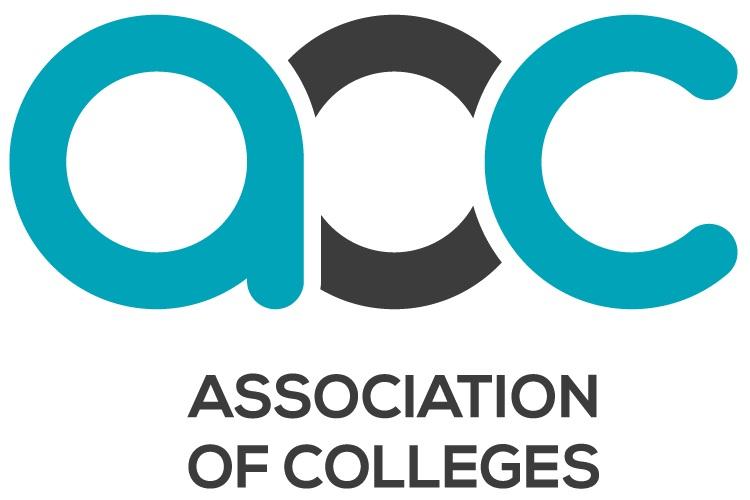Social justice in higher education and support for disadvantaged students

The Education Committee has today (8 Dec) published the written evidence for its inquiry into value for money in higher education.
Below is the written evidence from AoC regarding social justice in higher education and support for disadvantaged students:
On its own, the education system cannot secure social justice and equal opportunity; it nevertheless makes a difference. There are a number of ways to look at this issue.
The following points are worth considering:
- More young people from poorer families are progressing to HE despite the increase in fees. 24% of those in receipt of free school meals at age 15 were in HE compared to 14% ten years earlier. Institutions have been able to expand, there have been improvements in sixth form education and there has been a focus on widening participation.
- There is a wide gap in the entry to selective universities. Just 23% of A Level students from state schools and colleges progressed to the most selective universities in 2014/15, compared to 65% of students from the independent sector4. This gap in progression rates between the state and independent sector has grown by 6 percentage points since 2008/09 and is only partly the result of exam performance. Investment also matters: average independent school fees are more than £15,8305 whilst average sixth form funding rates are less than £5,000.
- There is some evidence that poorer students are already more likely to opt for shorter courses nearer their home because of a lack of funds and debt aversion.6 Students from black and minority ethnic backgrounds are more likely to live at home and study locally rather than at the most prestigious institutions, with a major contributing factor to this decision being cost.
- The pattern of HE access has not changed as much as perceptions, despite the work associated with OFFA’s access agreements and HEFCE’s widening participation strategies. The enrolment of students in selective universities from disadvantaged areas has not shifted for a decade. Meanwhile, some colleges take in up to 50% of their HE students from disadvantaged backgrounds.
A further issue is the way in which the HE system is constructed and financed. HE student fees and loan system in England supports high-quality teaching but it is expensive and offers unhelpful incentives. The average full-time student graduates with a loan debt of £50,000 which fewer than 20% are expected to repay in full within 30 years8. There is strong cultural bias towards full-time residential HE and England has high housing costs. It is no surprise that the majority (89%) of eligible students take out maintenance loans to cover living costs.
Student loans have protected HE at a time of public spending cuts but the system lacks mechanisms to keeps costs down. The fact that repayments start after graduation and are income contingent creates an obvious incentive for institutions to increase fees towards the fee cap (£9,250), particularly as many people equate higher tuition fees with higher quality. In our view the price/quality correlation is less clear because of the impact of internal cross-course subsidies, reputation, heritage and the difficulties of providing external quality assessment. When the fee cap was first raised to £9,000 in 2012, around 40 colleges charged fees above the £6,000 threshold but the price advantage for the rest proved to be limited. 75 colleges now set fees at a higher level with 48 having approval to charge the full £9,250 fee for some or all of their courses.
There is a widespread view that a degree maximises the chances for a young person in the professional labour market. This has helped contribute to a situation where 48% of young people enter HE. For many young people, this will be a good choice and both our society and economy will benefit. However there is a clear risk that there will be an oversupply of graduates particularly given that automation and Brexit may bring economic change.
Students who want alternatives to full-time HE are poorly served. Young adults who opt for courses at Level 4 or 5 have no access to maintenance support. There has been a serious decline in the number of mid-career adults taking HE courses and there are low numbers taking HE courses below degree level. This may be holding back both the prospects for individuals but also the skills available to employers and public services.
The task of rebalancing the HE system is not a simple one and will take time because of the long application cycle. Possible measures could include a reintroduction of a number of controls targeted on certain subjects, accelerated degrees and reform of maintenance loans to support home based study and Level 4 and 5 courses.












Responses